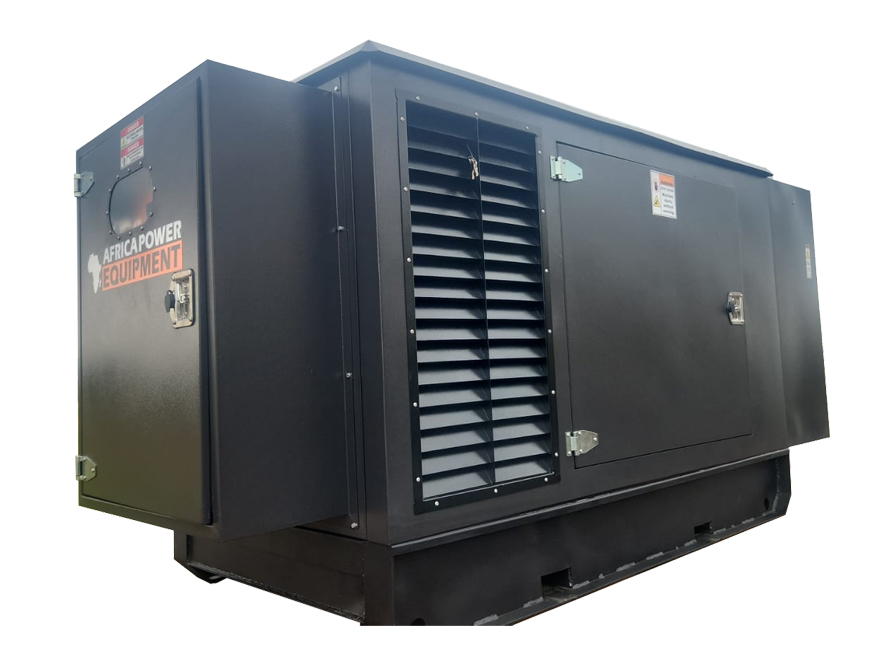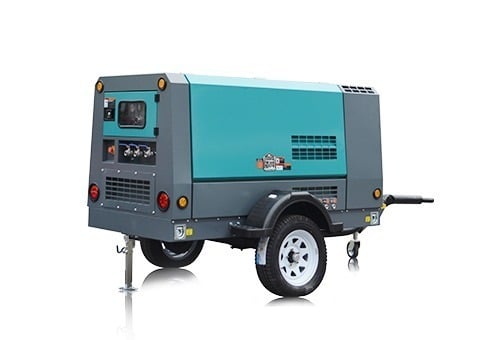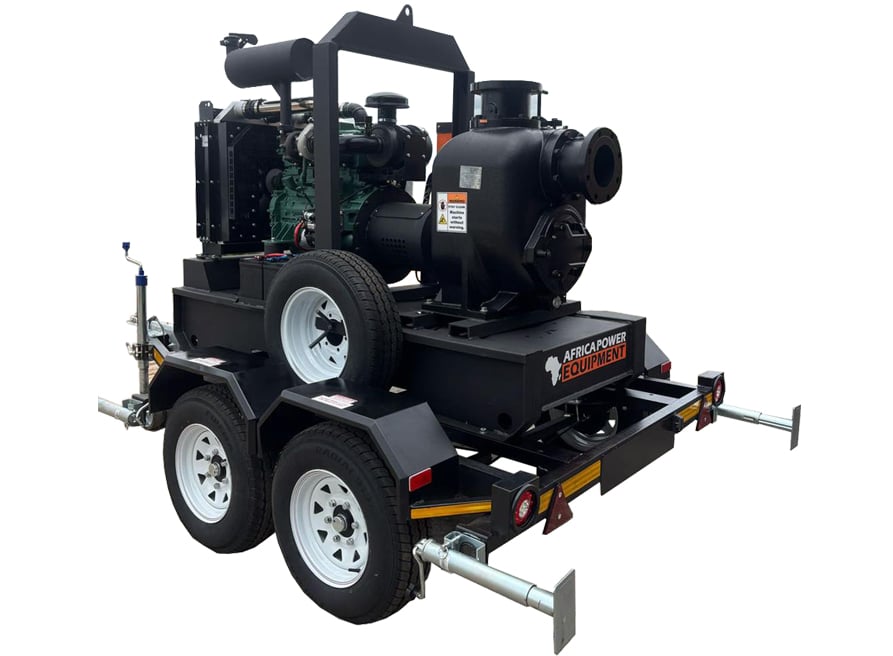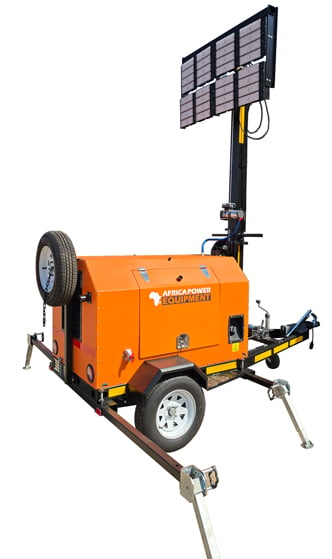Choosing the Right Pump for Dirty and Slurry Water
Whether it’s a construction site, flooded area, mine, or agricultural field, pumping dirty or slurry water demands a specialised pump that can handle solids, grit, and high viscosity. Using a standard clean-water pump in these conditions often results in clogs, motor damage, or total pump failure.
In this article, we’ll break down how to choose the right pump for dirty or slurry water, the different pump types available, and what specifications matter most.
🧱 What is Dirty or Slurry Water?
Dirty water refers to water that contains suspended solids such as sand, silt, mud, leaves, or debris. Slurry water goes a step further and includes highly viscous mixtures with heavy solids or semi-liquid substances—often found in mining, drilling, and wastewater applications.
⚙️ Best Pump Types for Dirty and Slurry Water
1. Trash Pumps
These are high-capacity pumps built specifically to handle water with larger solid particles (typically up to 25–50 mm in diameter).
Best for: Construction sites, flood-prone areas, agricultural runoff
Advantages:
-
Handles semi-solid materials
-
High flow rates (hundreds of litres per minute)
-
Available in petrol, diesel, or electric
2. Slurry Pumps
Purpose-built for heavy-duty slurry applications, these pumps have robust impellers and durable seals designed to handle abrasive and corrosive materials.
Best for: Mining, dredging, wastewater treatment
Advantages:
-
Can move thick, abrasive fluids
-
Often made from high-chrome alloys or rubber linings
-
Resistant to wear and corrosion
3. Diaphragm Pumps
These pumps use compressed air or mechanical movement to move fluids and are ideal for thick slurry or sludge.
Best for: Muddy environments, industrial drainage
Advantages:
-
Can run dry without damage
-
Handles viscous or gritty liquids
-
Self-priming and clog-resistant
4. Submersible Dirty Water Pumps
Designed for immersion into dirty water, these pumps often include vortex impellers and wide passageways.
Best for: Basements, pits, sumps with debris
Advantages:
-
Fully sealed for underwater use
-
Built-in float switch for automatic control
-
Good for medium levels of solids and grime
🔍 Key Factors to Consider
| Specification | Why It Matters |
|---|---|
| Solids Handling Size | Determines the largest debris the pump can pass safely |
| Flow Rate (L/min) | Impacts how quickly water is removed |
| Pump Material | Corrosion- and abrasion-resistant materials are a must |
| Power Source | Electric for indoor use; petrol/diesel for off-grid |
| Self-Priming Capability | Useful for above-ground dirty water applications |
🏗 Recommended Models for Dirty/Slurry Use
-
Honda WT30X – Trash pump with 1,210 L/min flow, great for construction
-
Tsurumi HSZ Series – Submersible pump with built-in float and vortex impeller
-
Hyundai HYT80 – High-capacity trash pump for field use
-
AQUAFLO Slurry Pump – Heavy-duty model for mining and slurry transfer
💡 See PowerEquipment.co.za for pump specs and local availability.
🧼 Maintenance Tips for Dirty Water Pumps
-
Flush the pump after use to remove grit
-
Inspect seals and impellers regularly
-
Use strainer baskets to prevent oversized debris intake
-
Store dry and off-ground when not in use
🔗 Internal Linking Opportunities
🚫 Common Mistakes to Avoid
-
Using a clean-water pump in dirty environments
-
Choosing a pump with a small solids handling size
-
Ignoring power source constraints (diesel preferred off-grid)
-
Not using strainers or filters where needed
Don’t risk pump failure in tough conditions.
👉 Browse slurry and trash pumps at www.PowerEquipment.co.za





